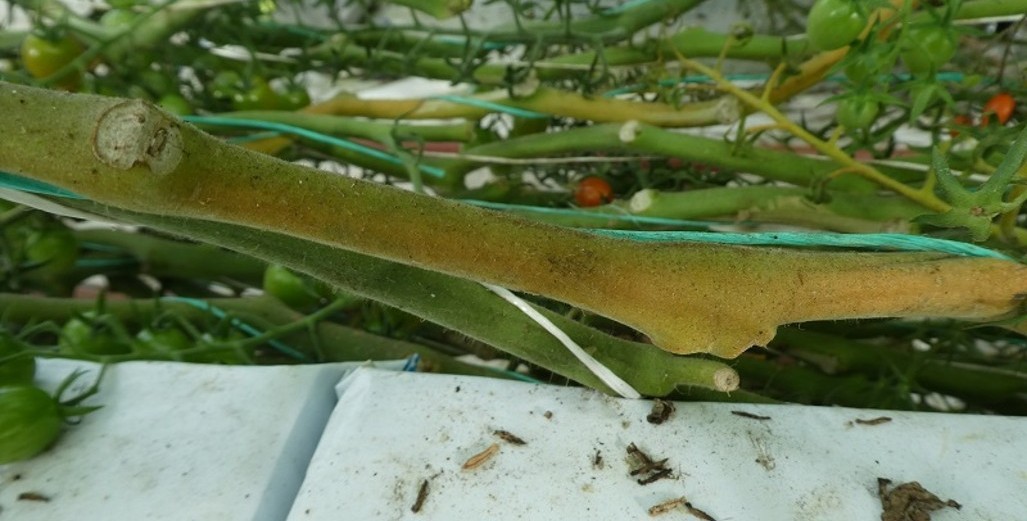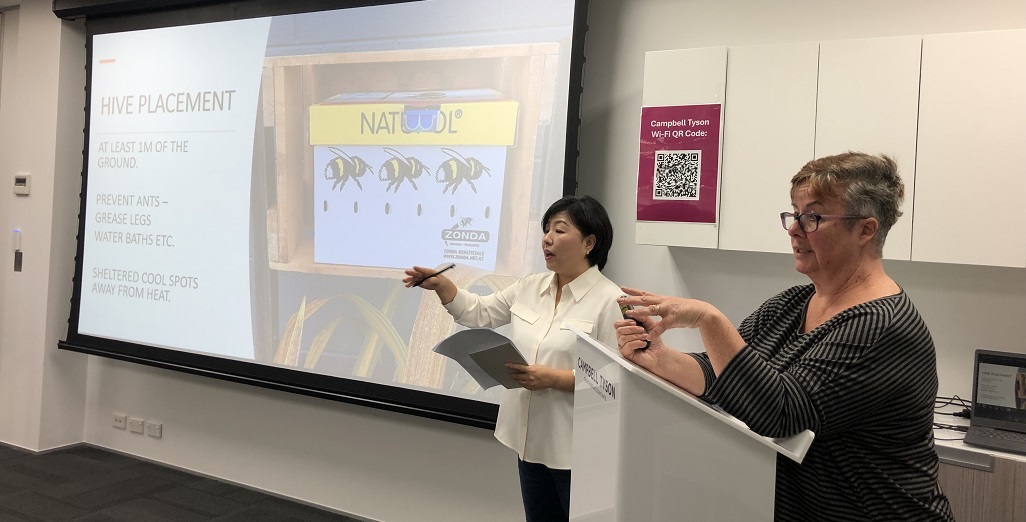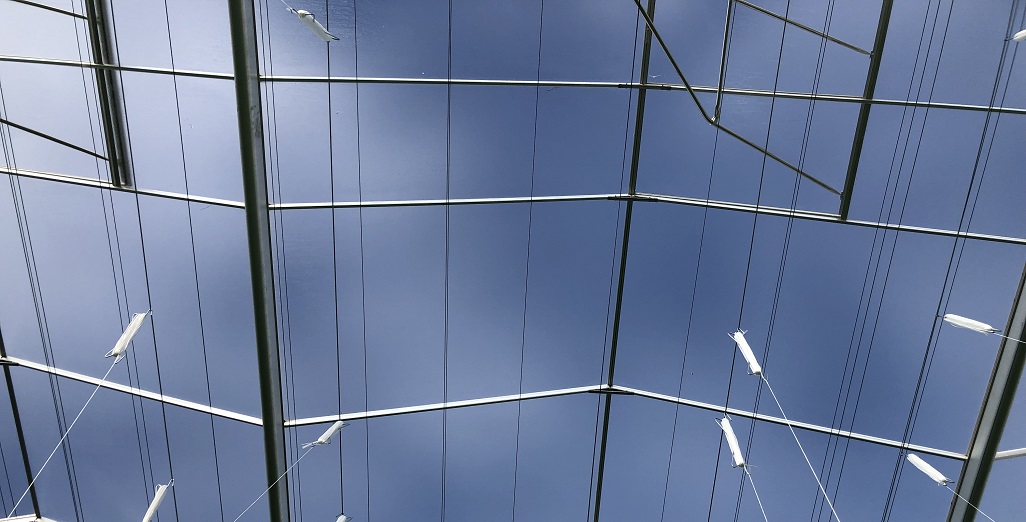Sign up here to subscribe to the Grower2grower Ezine. Every two weeks you will receive new articles, specific to the protected cropping industry, informing you of industry news and events straight to your inbox.
Jun 2018
Yellow Stems on Tomatoes

Yellow Stems on Tomatoes
Why does this happen? Should we investigate better control solutions?
This question was sent to me last week from one of New Zealand’s most experienced tomato growers, “How about some conclusions on yellow stems in old crops at this time of the year?”
It is quite astonishing that yellow stems (as some of us refer to them as), which slowly kill the plants, is still such an issue today. If this forum cannot figure out the answer I would suggest some serious research needs to be considered and commissioned.
What I know:
I had the yellow stem issue when I started growing over twenty years ago. At that time a consultant described the yellowing and dying back of the stems to me as Dry Stem Bacteriosis. The photos in this article and what Dry Stem Bacteriosis is could be two different things, only testing and scientific input can confirm.
Yellow stems seem to occur in crops approximately nine months and older, generally in the winter period. In my early years as a grower I planted on the shortest day, by April or May the following year it was more than likely I would see patches of yellow stem. I assumed these plants were naturally coming to the end of their life cycle. It was always worse if the old trusses were not removed from the plant. As the old truss dies back, and goes yellow, it would then travel into the stem towards the root system. Another observation I made was if these stems came into direct contact with good stems the yellowing would rapidly transfer to the other stems. It is impossible for stems not to touch and overlap, so it was always important to bite the bullet and remove the plants as soon as the yellowing was visible to prevent it, from the assumption I made, spreading.
When I cut open the stems of infected plants I would see the pith was a brown colour and an obvious sign of some type of tissue decay/dieback.
Contributing Factors:
In my early growing years, I was a very vegetative grower, essentially my stems were fat and my plant had big long leaves. It was suggested that this could have been a contributing factor and when the plant became older the fatness and softness of the stem potentially made it more vulnerable to yellow stem. When I did start to grow more generative/balanced crops the percentage of yellow stems definitely reduced. At that time, I had also begun cutting trusses, so the fact I was growing generative might not have been the magic solution but a helping hand. I say that because even in the strong generative plants I still came across issues with yellow stem from time to time.
If the yellow stems are bacterial, then the only solution is to reduce the risk of contamination. Therefore, hygiene throughout your entire crop cycle, from start to finish, should be of high importance. If it is fungal then alternative treatment should be considered. Unfortunately I cannot give a conclusive answer to the question posed to me, I do believe research has an important role to play in unlocking this mystery.
Control possibilities:
1, Grow strong generative crops.
2, Cut old trusses out shortly after picking the fruit of the truss.
3, Always clean your equipment with regular dipping of tools into disinfectant.
4, Irrigation control/reduction.
5, Remove identified infected plants immediately to reduce the risk of potential spread.
I appreciate your comments. Please feel free to comment below or on the grower2grower Facebook page:
https://www.facebook.com/StefanGrower2grower/
Article Written by Stefan Vogrincic, Consultant, Grower2Grower
CLASSIFIED
Subscribe to our E-Zine
More
From This Category

Tomato grower applies Tobre after contamination

KWS inaugurates new R&D facility in Uberlândia, Brazil

John van Santen joins the management of Metazet

Workshop for Auckland’s Korean tomato growers held last week

Could the Global Boom in Greenhouses Help Cool the Planet?

























